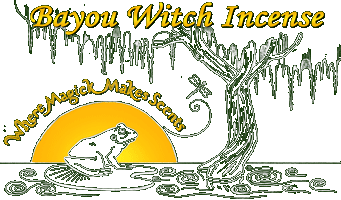
Year of Moons
Our Year of Moons oil selection celebrates the mystical power of each Full Moon on the Wheel of the Year. Every Full Moon, or Esbat, carries its own unique energy—whether it’s the reflective stillness of the Wolf Moon, the fertility of the Pink Moon, or the abundance of the Harvest Moon. We’ve captured the essence of each lunar phase in original oil blends crafted from high-quality essential and fragrance oils. Even the rare and potent Blue Moon, the second full moon in a single month, has its own special formulation. These 0.5 oz oils are phthalate-free, with no additives or fixatives, making them ideal for all magickal and craft-making applications. Use them to anoint candles, tools, or yourself during ritual, or anytime you wish to align with a specific lunar energy—regardless of the time of year. Simply read the attributes of the moon you wish to work with and incorporate the oil into your spellcraft. The magnetic pull of the Moon profoundly affects our emotions, intuition, and energy. With Bayou Witch’s Year of Moons collection, you can tap into that lunar magic with unmatched quality and intention in every drop.


















